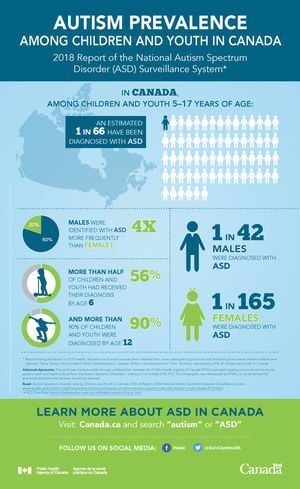Filmed at ACT’s 14th Annual Focus on Research Conference – April 4, 2018
This presentation was preceded by Improving the Recognition of Women and Girls on the Autism Spectrum.
In this talk, Dr. Mandy provides a developmental perspective on the characteristics of autism in females; an in depth look into the implications of the widespread practice by women and girls of “social camouflaging” their autism; their mental health needs – with a focus on eating disorders. The presentation ends with a discussion how women and girls can be better supported, including a question and answer period.
William Mandy, PhD, DClinPsy
Dr. William Mandy is a clinical psychologist and senior lecturer at University College London, UK. Dr. Mandy’s research aims to improve the recognition of autism, and to develop new interventions to help autistic people. A particular research interest is improving the identification and care of females on the autism spectrum, who are currently at high risk of going unnoticed and under served by clinical and educational services.
Please note that Part 1 and 2 have been edited to protect the identity of the interviewed youth – voice audio has been removed and captions have been inserted.
Part 1: A Developmental Perspective
Part 2: Camouflaging Revisited
- Why do autistic people camouflage?
- Is camouflaging friend or foe?
Part 3: Mental Health Needs of Autistic Girls and Women – Anorexia nervosa and restrictive eating
Part 4: What Next? How we can better support girls and women on the autism spectrum
- What is the percentage of women with ASD who also have an eating disorder?
- Is there research on whether early diagnosis and intervention reduces the risk of eating disorders?
- Is mimicry a form of self-regulation or to reduce anxiety?
- Questions and discussion on camouflaging



